A lot of hunting in the United States happens within 100 yards of the shooter, especially where I come from. Tree stands and scent masking potions are more important than an accurate rifle; a Mosin Nagant is good enough to take the shot in these situations. For large swaths of the country—where cover is scarce and targets are many hundreds of yards away—accuracy and energy are key to taking down that game. Those longer ranges are where the traditional choices for a hunting rifle start to fail . . .
Sure the Mossberg 100 ATR or Ruger American Rifle are dead cheap, But when you start reaching out past that 250 towards the 500-yard mark, every little imperfection in the gun starts to come into play. Truth be told, the more affordable guns just can’t stand up to the big boys. I’m not saying they CAN’T make the shot. Just that I’ve never been able to get them to do it with enough reliability to trust the gun to make a humane kill. For something like that, you need to step up your game.
Enter the McMillan Tactical Hunter, McMillan’s holy grail for the hunting world. McMillan is known throughout the firearms industry as being the watchword for accuracy and precision, right up there with Swarovski and Accuracy International. Their stocks are get the attention but their rifles have proven themselves to be among the best in the world. Their TAC-50 is designated as the Mk. 15 for the U.S. Navy SEALs. ‘Nuff said?
McMillan has been producing hunting rifles for years in the traditional style with a traditional stock configuration. McMillan wasn’t happy — they wanted to do it better. Drawing on years of tactical rifle manufacturing expertise, McMillan wanted to make a long gun combining the best aspects of the modern military rifles with the traditions of the American hunting rifle.
Big Mac’s produced a hunting rifle that’s a good pound lighter than their standard hunting gun. Trust me: when you’re hauling a rifle around, every last pound counts. They shed mass by scraping weight off every single part they could think of. The Tactical Hunter’s bolt and barrel are fluted (to save weight AND for better barrel harmonics). The stock is a composite. Even the bolt handle has been drilled out to save weight.
McMillan fashioned the Tactical Hunter’s stock from a composite material instead of grippy rubber. They textured it to be grippy enough to hold onto when wet yet not so aggressive as to tear up your hands. It’s a fine line to walk, and while Ruger’s American Rifle and Mossberg’s MMR Tactical are on either side of that line, McMillan has navigated it with ease.
Even more important, the Tactical Hunter’s handguard palm swell is perfectly proportioned for an offhand shot. For my hands anyway. The controls work with seemingly infinite precision. The rifle’s bolt opens as easily as the preamble to the Declaration of Independence. The Tactical Hunter’s simple thumb safety is the right answer. And the trigger . . . oh dear God, that trigger . . .
I’ve always been a big fan of the two-stage triggers, but I take what I can get. This trigger has ZERO creep, no stacking, none of the attributes of a standard AR-15 trigger. The break is glass smooth, and overtravel is virtually nonexistent. Not to go all RSA on you, but the McMillan Hunter Tactical is to triggers what Candice Swanepole is to lingerie.
On the downside (yes, there is a downside), the McMillan Tactical Hunter testing and evaluation rifle chambered four rounds. Do the math: big rounds, weight-saving stock. A simple fix (at least potentially): a detachable magazine to replace the internal mag. Either that or . . . shoot four rounds.
The “standard” rifle stock profile places the shooter’s eye level with the barrel. The config lines-up your eyes for iron sights. McMillan tactical rifles have adjustable cheek pieces so shooters can get the right eye relief every time regardless of the optic (or lack thereof) on top. That’s critical for precision shots. You’d expect a McMillan gun designed to be used with a scope to have a stock designed for a scope, too. You’d be wrong.
What I wanted to be a solid cheek weld became a jowl weld. Given the Tactical Hunter’s rather lofty price point and siblings, I reckon the gunmaker should include an adjustable cheek piece on their deer slayer. But that’s me . . .
Other things on my wish list? A threaded barrel would be nice. Yeah, I might be silencer crazy, but if someone has $5k+ to drop on a rifle (not to mention $2 a round for the good-stuff ammo) lots of these buyers will also have enough money for a can. For those who live or shoot in places where they hate freedom, a threaded barrel could enable a muzzle brake. Not that it really needs it, though.
This McMillan Tactical Hunter was chambered in 300 Win Mag. While the recoil’s nowhere near the gentle shove of the 5.56 NATO round, the Hunter Tactical kicked more lightly than the Ruger American Rifle in .30-06 Springfield. A muzzle brake could help control the remaining recoil and push this gun even further. And that’s really all that matters: how well the gun shoots. The answer is, “like a dream.”
http://www.youtube.com/watch?v=J01e5jxyYNI
The range I was at required new shooters to pass a small test before they were allowed free reign on the long range targets. The test was simple: three rounds in a row on each set of steel targets — 250, 500, 750 and 1,000. I had never tried before because I didn’t have a gun I trusted to reach out and touch those targets, but with the McMillan it became almost boring.
250? Piece of cake. At 500, it took one shot to walk me onto the gong and then three more rounds to move on. For 750 it only took 3 rounds to realize my gun was tilted and then 3 more to clear that phase. And finally, after five rounds hitting too low, I rang the gong at 1,000 yards. Then I did it again. And again. And again. Until I was out of ammunition and the barrel was steaming hot.
It was the first time I had rung the 1,000 yard gong since the Armalite AR-50 left my collection, and I had dearly missed the ability to fire a round, follow through, and muscle the scope back on target in time to see the round hit. There’s something extremely satisfying about hitting a target almost a mile away, and doing it repeatedly was an absolute joy.
McMillan designed the Tactical Hunter to incorporate the best features of the modern “tactical” precision rifle with the traditions and needs of the modern hunter. Is this a rifle I’d use for hunting out past the 500 yard mark? Hell yes, and I’d be confident in making humane kills even to 750. I’d rather have their TAC-308 with me, but who’s complaining?
McMillan Tactical Hunter
Specifications
Caliber: 300 Win Mag (also in .243, 7mm Mag and 308)
Barrel: Match grade stainless steel, #5 taper, fluted Target crown, 22-24 inches
Weight: 7 lbs.
Operation: Bolt action
Finish: Receiver matte black finish with NP3 bolt and black textured stock
Capacity: 4-5 rounds
MSRP: $5,187
Ratings (Out of Five Stars)
Accuracy: * * * * *
I was getting 1/2 MoA groups all day long, and the ability to ring the 1,000 yard gong validates that observation.
Ergonomics: * * * * *
Light, easy to maneuver and easy to hold onto. Like it was built for me.
Ergonomics Firing: * * * *
I’m dropping a star off here because of the cheek piece. Yes, I am that annoyed.
Reliability: * * * * *
There aren’t many things to go wrong with a bolt action.
Customize This: * * *
There are bipods, but that’s about it. Then again, this rifle is pretty darn good as it stands.
Overall: * * * *
There really is no such thing as the perfect hunting rifle. Yet. This one comes near-as-damn close to being perfect for medium to long range hunting, but the minor issues conspire to drop that final star off the end of the line. For over $5k I was expecting just a little…more.

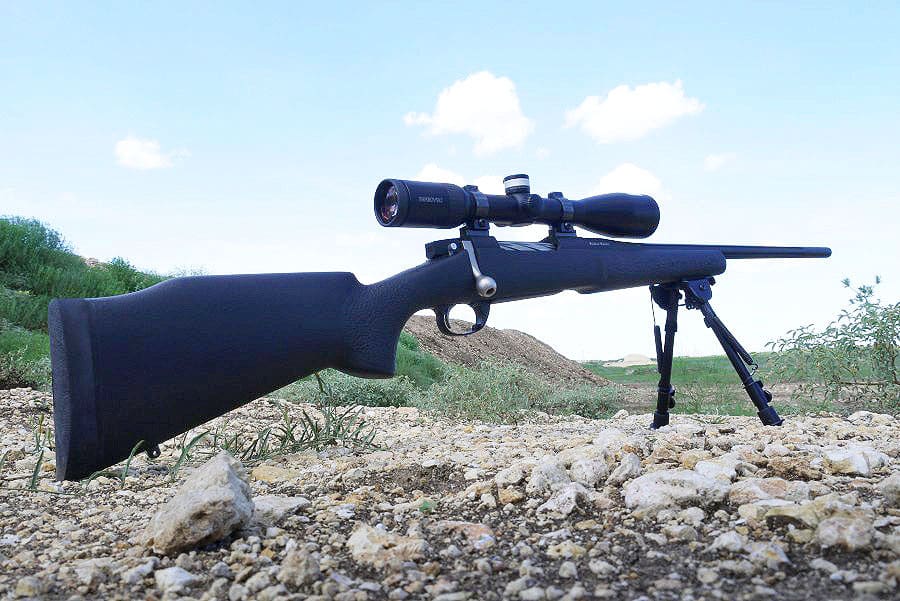

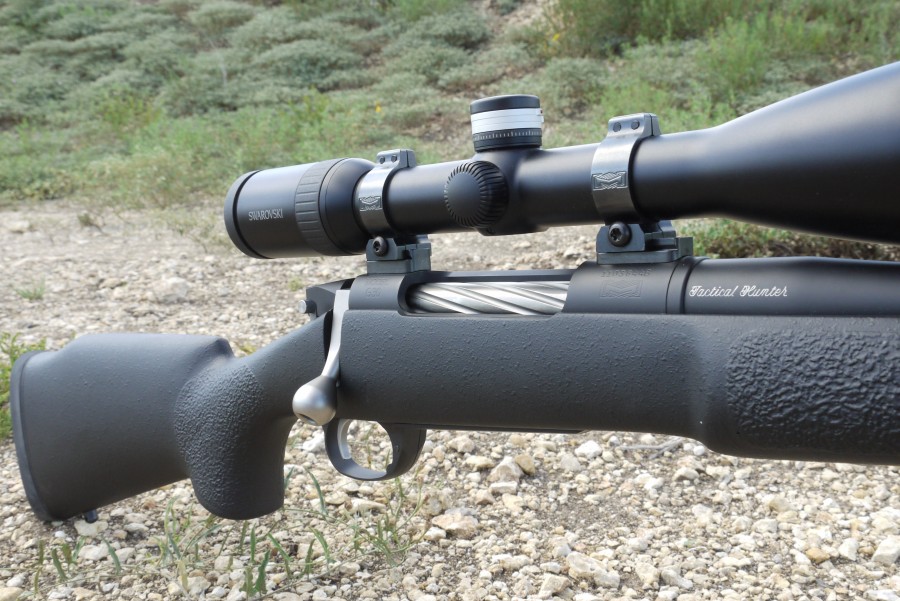
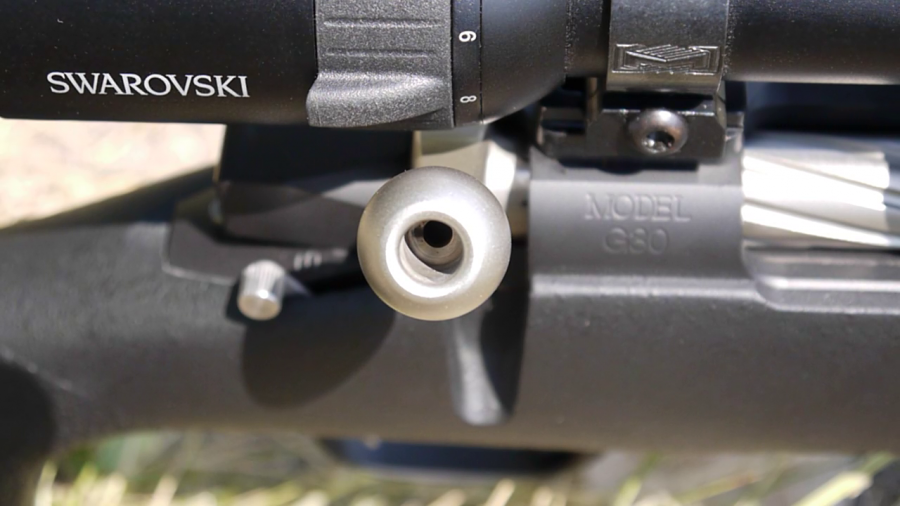
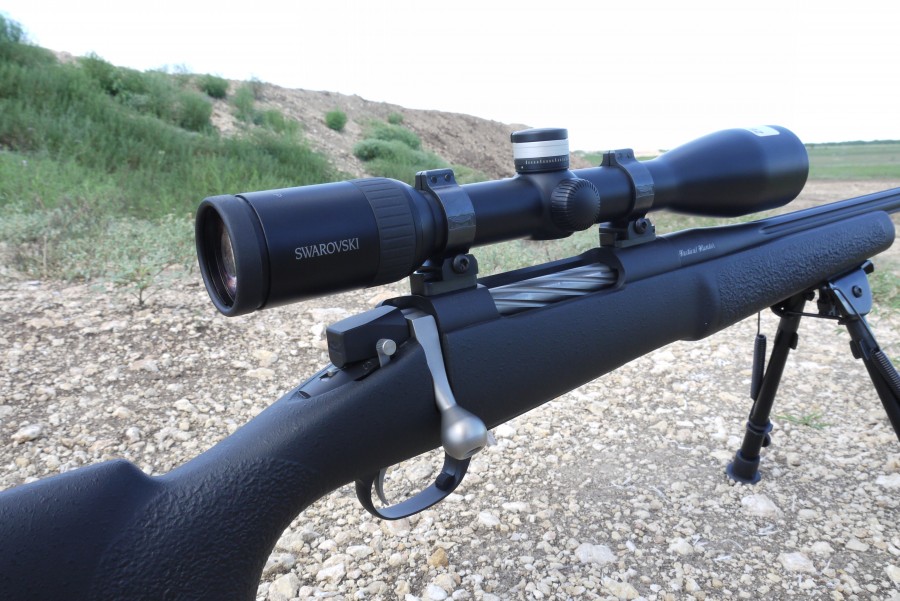
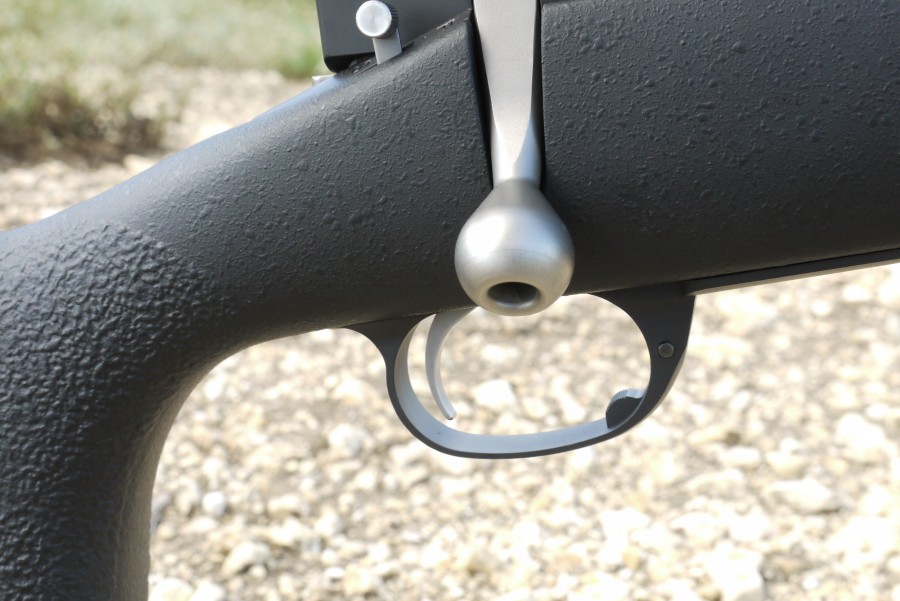
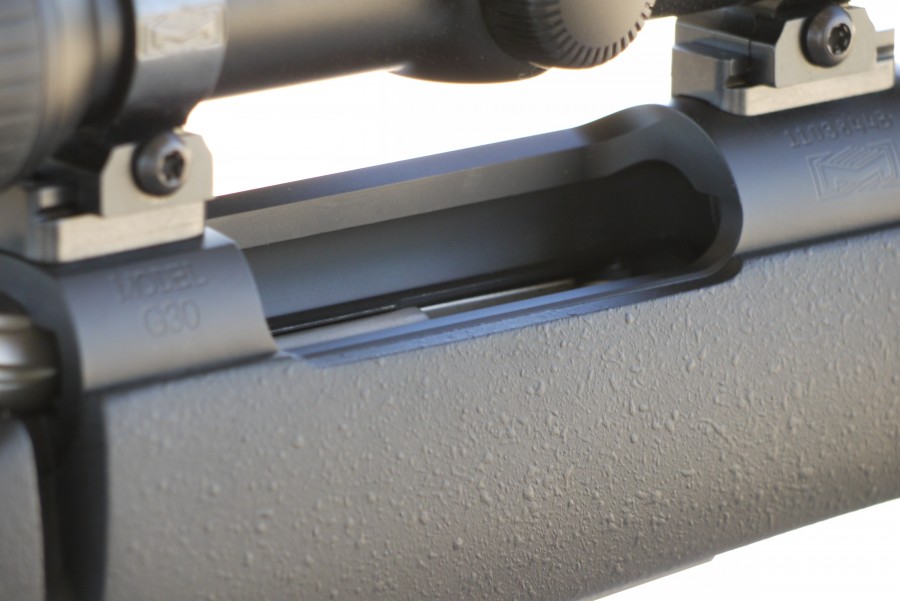

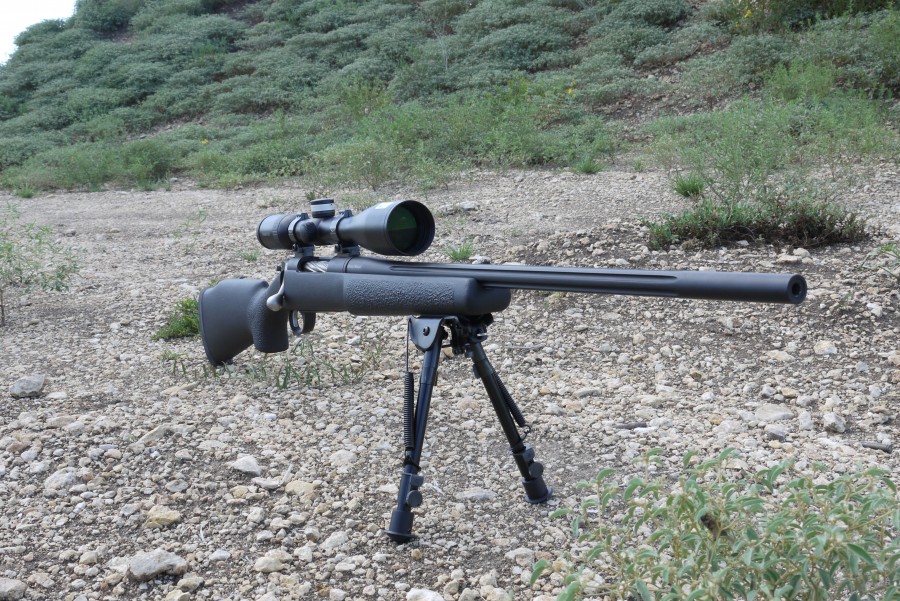

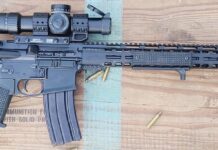

Dont accuracy int. Rifles start arounf 7k? Seems overpriced.
For this price you can get a remington 700 (varmint barrel or not), the absolute best optics available, have the fluting done, and still have cash left over for a couple ARs. I don’t see the upside of overpriced rifles that aren’t custom jobs.
I agree with your economics, but the McMillan is darn near a custom rifle, I mean they are not banging out 100,000 a month to fill the shelves of Walmart, Cabelas, etc. From what Nick wrote, it seems you get a premium trigger, higher quality stock than the typ. Remington, and extreme accuracy/quality. Is it really worth $5K? That is up to the buyer and what he needs this for. I wouldn’t be looking at this for Pennsylvania deer hunting, as the standard lever action 30-30 is plenty accurate for that. But if I was hunting on the prairies of Africa? Yeah, this looks like the perfect gun. I don’t own a long range rifle, and often look at guns like this as something I “want” more than I need.
I would get a Gunwerks over this. Actually, l’ll just stay with my Remington 700 LTR, or borrow a gun if I had to. 5k is a lot for a rifle, especially after the cost of a hunt.
High power airguns suitable for hunting.
Starting at $595.
http://www.quackenbushairguns.com/
Bison, black bear, boar, deer, and more game taken with air guns pictured.
Too bad you need some sort of air tank to refill these babies.
Pffft. Just borrow a kids bike pump.
That would be fine with me. I’m curious how many pumps it would take for the big air guns. I’m a frequent bike rider so I do have my own pump. I guess I’m partially set.
That site is possibly the worst site online in 2013. It’s painstaking trying to read it.
I’m fascinated by the guns, I had no idea they made air guns that big and powerful. Those air guns have taken down some big animals…2000lb bison shot with the Quackenbush LA .457 @ 53 yards!
‘Hunting’ at 500 yards != hunting. It’s just shooting.
I believe that is a paraphrase of Jeff Cooper but it isn’t true. Hitting a target at 500 yards with a 300 Win Mag and Leupold scope is a piece of cake.
Jeff Cooper was a pistol man… 500 yards with a pistol is probably target practice not hunting. Have a 1980’s Remington 700 BDL in 300 Win which has taken more than a few elk at 500 yards, with iron sights, and all with one shot. It is all about where you are and how much you practice at the range in question.
You’ve shot elk at 500 yards with your iron sights! How the heck can you even see them at 500 yards? I almost don’t believe you…I guess I’ll go look for people on youtube shooting things with iron sights at 400yds plus.Just seems incredibly hard.
Me likey the rifle. Me no likey the price. I can find less expensive equipment to suit my needs and wants.
Of course I am envious of Nick doing a little test drive with that puppy. Slobber, slobber.
One wonders what “match grade” stainless steel is.
What they do is no mystery, and shooters who want the same for less could get good results for a lot less money by finding an old Rem 700 action, having their local ‘smith blueprint it, get a pre-contoured stainless barrel in a #4 contour (they’re using a heavier #5 and fluting it – why bother?), float the barrel, and bedding the action into a synthetic stock with pillars.
To get that trigger, just take apart the Timney trigger and polish the trigger and sear a bit. Nothing magical there. Been there, done that, really nice triggers (albeit single stage triggers) result.
There is nothing special about this rifle. It’s just another Rem700 knock-off action in a synthetic stock. OK, McMillan makes some very nice stocks. But the metalwork here? Nothing new.
As for the marketing blurb about “benchrest accuracy” — people who know something about benchrest rifles probably hoot with derision when they see that term used.
How about comparison between this and Blaser R93 (i have a blaser as my first and very probably last rifle, cannot think of anything better)
Try an AI for comfort and accuracy. You can’t say it just like a Remington.
Slim Fit Leather Jackets is an online store where we sell jackets for men and women with free shipping all over the world! Visit Our Site and Get Your Favorite Actors or Actresses Outfits now at the best prices.
Comments are closed.